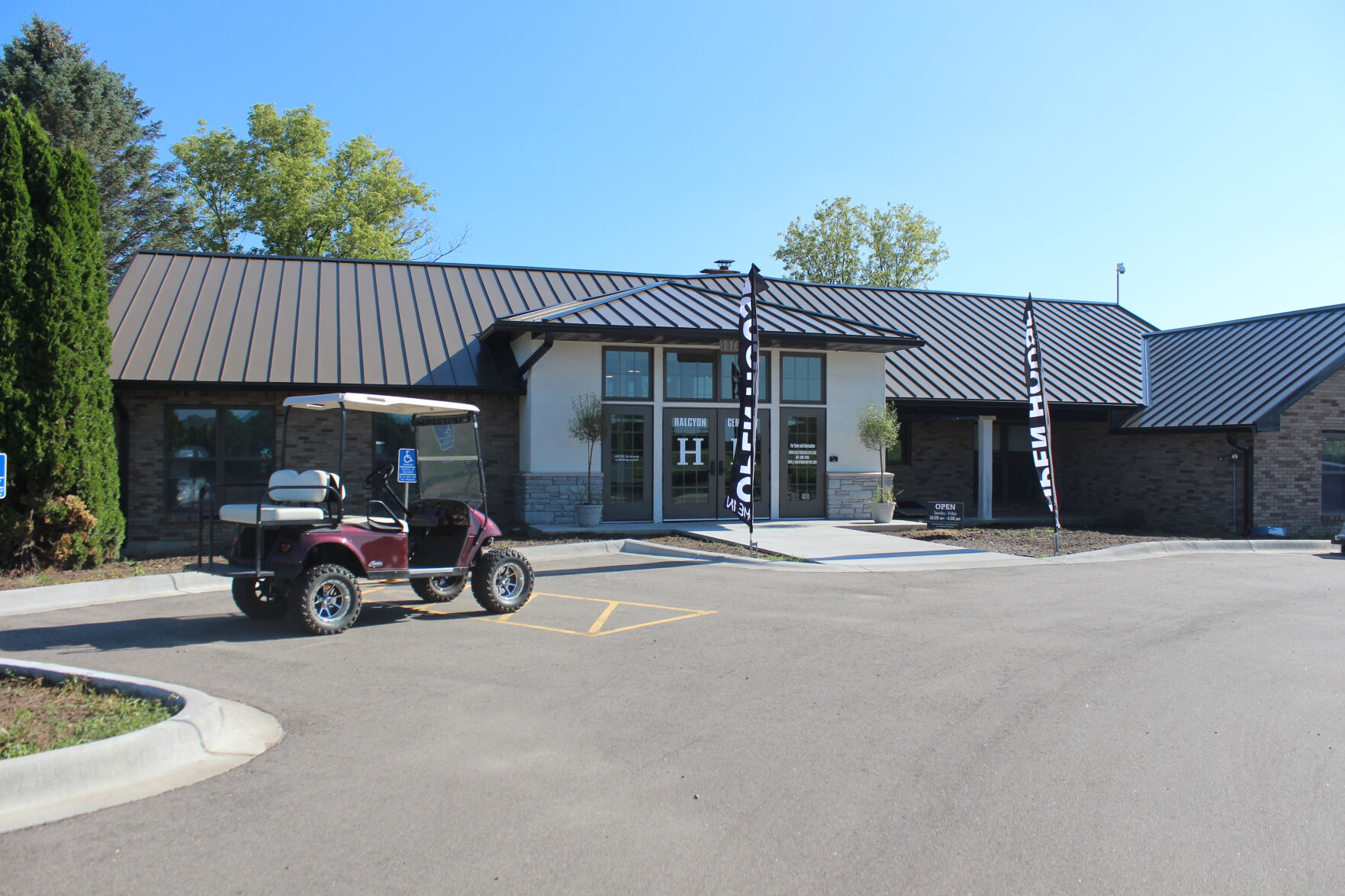

Automatically generate plain text: This option is set to Yes by default.Language: The language your email is in.Content type: This can be either a normal email (default content type), or a confirmation request for double opt-in scenarios.Email type: Email can be either commercial (default type), or transactional.If you change the template, your current email content will not be preserved (apart from the email header). You can change the template by selecting the template name. Email template: The template you selected when creating the email.

Reply-to address: The email address that reply messages are sent to when you want the messages to go to a different email address than the from address.Recipients are more likely to open your message if they see a name they recognize here. This is the default from name set for your organization in the Admin settings. From name: This is the name that recipients will see as the sender when they receive the message.The domain shown here should be authenticated as belonging to your organization, which can dramatically impact deliverability. This is the default email address set for your organization in the Admin settings. From address: This is the email address for the person who sends the message.This should almost always be the dynamic expression provided by default, which is. To address: This must contain an expression for finding each address the message will be sent to.The Email header settings include the following: To access all the Email header settings, select a section when hovering over it. To enter a name, select the Email name field on the left side of the header and enter a name for your new message. Enter a name for the messageĮach email message must have a name, which identifies the message when you're looking at the list view or when selecting messages to include in a customer journey.
Mail designer 356 update#
You can also wait until later to update these settings, if you prefer. We recommend that you start by making a few basic and required settings for the message. More information: Work with email, page, and form templates Make basic and required settingsĪfter choosing a template, a new email message opens showing the initial content from your selected template. When setting up a template, you can add various types of metadata (purpose, style, market type, and optimized for) which make each template easier to identify and find by using filters. You can also work directly in the templates area ( Marketing > Marketing Templates > Email templates) to view or edit existing templates and create new ones.

You can save any existing message as a template by selecting Save as template on the command bar. Design your templates so that they reflect your organization's graphical identity and fit closely with the types of campaigns you run most regularly. Custom templates can help you and others in your organization create new messages more quickly in the future. You can also create your own custom templates. Likewise, any future changes that you make to a template won't affect any existing messages that were created using it. The message and template aren't linked, so when you edit the message, the template won't change. When you create a new message from a template, the template content is copied into your new message.


 0 kommentar(er)
0 kommentar(er)
